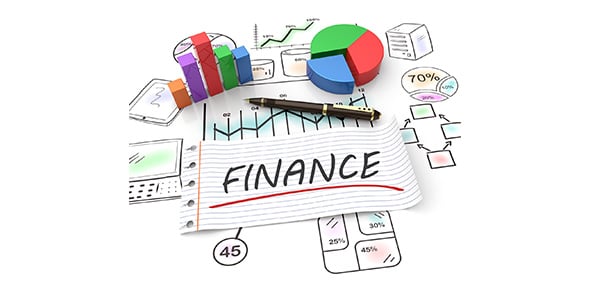Mastering ROIC: Understanding Its Impact on Cash Flow, Growth, and Investment Value Quiz
- CFA
- CPA
2.
You may optionally provide this to label your report, leaderboard, or certificate.
×
Thank you for your feedback!
















